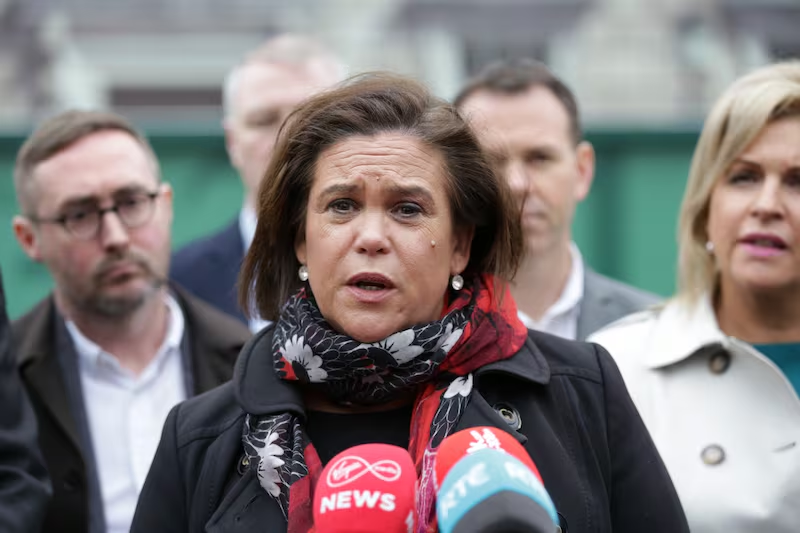The senior civil servant appointed to the development board of the national children's hospital was satisfied the cost issues for its construction were being dealt with properly and in a timely manner, Taoiseach Leo Varadkar told the Dáil.
During heated exchanges the Taoiseach also accused opposition leaders of cynically and falsely claiming that other projects were being delayed or cancelled because of the “cost underestimations” at the hospital and the €100 million to be taken this year from other capital expenditure.
He accused the Fianna Fáil leader of engaging in “conspiracy theories” when Micheál Martin claimed the Government was more interested in controlling the PR message than controlling the costs of the national children’s hospital.
Mr Martin reiterated that the chief procurement officer appointed to the hospital board had an obligation to report to the Minister for Health Simon Harris if serious problems with controls had not been addressed after being brought to the attention of the board or chairman.
But the Taoiseach said the officer was appointed by the Minister to the board, and he did not represent the Department of Public Expenditure and Reform nor the Office of Government procurement.
He was appointed because of his procurement expertise, served in a personal capacity and was bound by board confidentiality and had a duty to the board.
And he said it was his understanding that the procurement officer “was and is satisfied that the cost issues which developed over the summer and autumn of last year were being appropriately addressed by the board and that the chairman communicated both with the HSE and the Department of Health in a timely fashion”.
Under wraps
There were heated exchanges when Mr Martin said the documents on the meeting of the national paediatric hospital development board in August last year which showed there was “significant efforts” to the keep news of the escalating costs under wraps with non-disclosure agreements being signed by 25 members.
Mr Martin said the Government was trying to put the blame on civil servants and other officials but Ministers were in all the photographs and videos and in every communication for the hospital and he expressed surprise at the “extraordinary level of involvement” of PR company in the options considered.
He said the Government was more concerned with PR than with the cost overruns.
It was “to hell with the costs, let’s get the good story and get it out fast”, before the detailed design had been worked out.
The Government was all about “get the project the started” and “get boots on the ground” and get it working from a public relations perspective .
But he said “people are quite frankly fed up of yarns, fed up of spin”.
But Mr Varadkar in turn accused the Fianna Fáil leader of “spinning yarns” and engaging in conspiracy theories over the project and the role of the chief procurement officer.
He said there were no politicians or political advisers on the board and he hit out at opposition leaders who he said were wrongly claiming that other projects were being delayed because of the €100 million required across Government departments this year to meet the “cost underestimation” of the hospital project.

He rounded on Sinn Féin leader Mary Lou McDonald who claimed that the 60-bed ward for Limerick would be delayed or “axed” because of the spiralling costs of the hospital.
Ms McDonald had also hit out at Simon Harris claiming he had brought the health service to crisis.
The Taoiseach said the hospital project “will proceed to construction this year”.
He said Ms McDonald claimed the Enniscorthy flood relief scheme would be delayed because of the hospital costs and this was not true.
He claimed it was “pure cynical spin from the Opposition – even when they know it isn’t true”.
The cost of the project has risen from an estimated €800 million in 2014, to €983 million in 2017, and €1.43 billion now.
Equipping the building and providing IT pushes this bill up to €1.73 billion; this does not include the cost of family accommodation, a research centre, excess construction inflation and any other changes to clinical standards.














